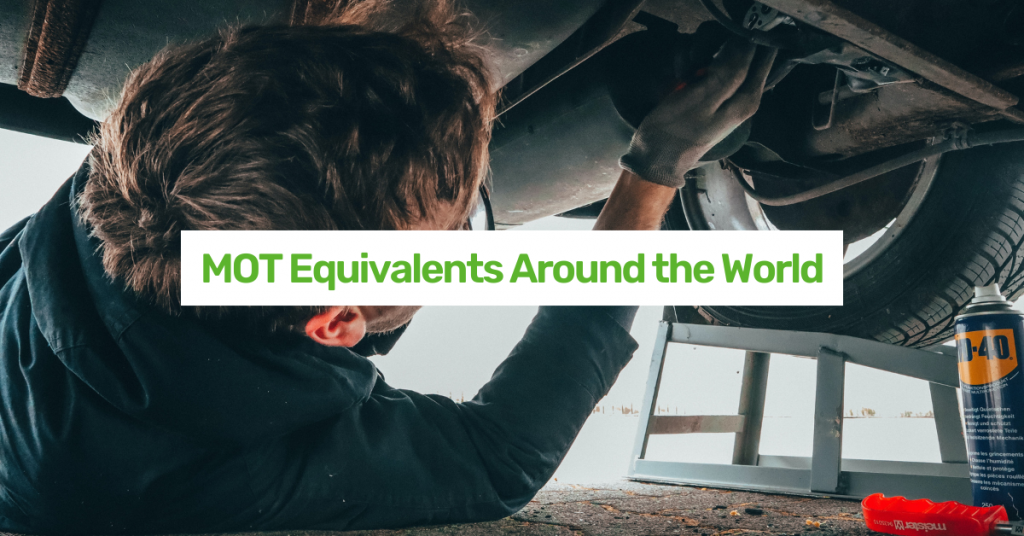MOT Equivalents Around the World: A Comparative Overview
Here in the UK, our vehicles require a yearly check to ensure they meet the minimum acceptable environmental and road safety standards required by law known as an MOT (Ministry of Transport). But what about in other countries around the world?
UK - MOT
Once a vehicle is 3 years old in the UK it is required to go through an annual test. This thorough examination encomapsses checks on essential components such as brake, fuel system, lights, mirrors and windscreen wipers. Vehicles need to have a valid MOT at all times, if your vehicle fails its MOT you need to pay for the repairs and have it tested again.
France - Contrôle Technique
The Contrôle Technique is an inspection by a qualified mechanic at a government-approved centre. Its aim is to check that your vehicle is in good mechanical working order, ensuring that it doesn’t present a risk to you or other road users. This test begins when a vehicle is over the age of 4 and least for 2 years.
Germany - Hauptuntersuchung
In Germany, there is the Hauptuntersuchung program which is similar to the UK MOT. In the inspection, the vehicle is checked for road safety and compliance with regulations. Examples of some of the things checked in the inspection include; brakes, wheels/tyres, frame/body and lighting/electrical systems. Typically the inspections begin when a vehicle is 3 years old and must be completed every 2 years after that. If your vehicle fails its inspection you have a month to fix the deficiencies.
Spain - ITV
The ITV (Inspectión Técnica de vehículos) is the Spanish vehicle roadworthiness test. Most vehicles in Spain have an ITV inspection when 4 years old and then every 2 years after that until the vehicle is 10 when the test becomes annual. Exactly what elements of the vehicle are tested changes over time but generally it includes testing of the electronics, engine and airbag lights, tyres, headlights, emissions, shock absorbers, steering and brake, as well as the condition of the bodywork and mirrors, windscreen and wipers. If your vehicle fails the inspection you have 60 days to fix the issues and retest however you can only take the vehicle to and from the garage and test centre during that time.

USA - Variations
The USA varies state by state but there are only 15 states that have a periodic safety inspection program. Some states require no test at all, some have tests only on the transfer of ownership and some only test emissions.
Austraila - Safety Certificate
Roadworthiness or roadworthy checks are not required on a regular basis in Australia, although the exact rules vary in each state and territory. A safety certificate is usually only required when a car is being sold, over a certain age or has been written off but is repairable. In general safety certificates are designed to ensure that vehicles are safe to drive, it covers basic things that can affect the running of a vehicle such as; tyres, steering, brake, lights, windscreen, seats and seatbelts, suspension, rust or damage to the body and exhaust and emission controls.
While many countries have inspection programs akin to the UK’s MOT, the frequency of testing varies. The UK conducts annual tests post the third year, showcasing a commitment to vehicle safety. However, it raises questions – does this make UK vehicles the safest, or should the county align with other European counterparts and lessen the frequency of testing after 3 years?
Each country tailors its vehicle inspection systems to its unique requirements and priorities, aiming to strike a balance between safety, efficiency and practicality. Ultimately, the effectiveness of these systems rests on their ability to ensure the roadworthiness of vehicles, promoting safety and environmental sustainability.


